Quantified Strategies – 3 Volatility Strategies
$349.00 Original price was: $349.00.$31.00Current price is: $31.00.
Quantified Strategies 3 Volatility Strategies Course [Instant Download]

1️⃣. What is Quantified Strategies 3 Volatility Strategies?
Quantified Strategies 3 Volatility Strategies is a trading course that teaches you how to profit from market swings with three proven trading systems.
These strategies achieve exceptional 76-82% win rates while limiting your market exposure to just 9-14% of the time, protecting your capital when not actively trading.
You’ll receive complete documentation and ready-to-use code for both Amibroker and Tradestation platforms, allowing you to implement these profitable volatility strategies immediately without complex programming.
📚 PROOF OF COURSE
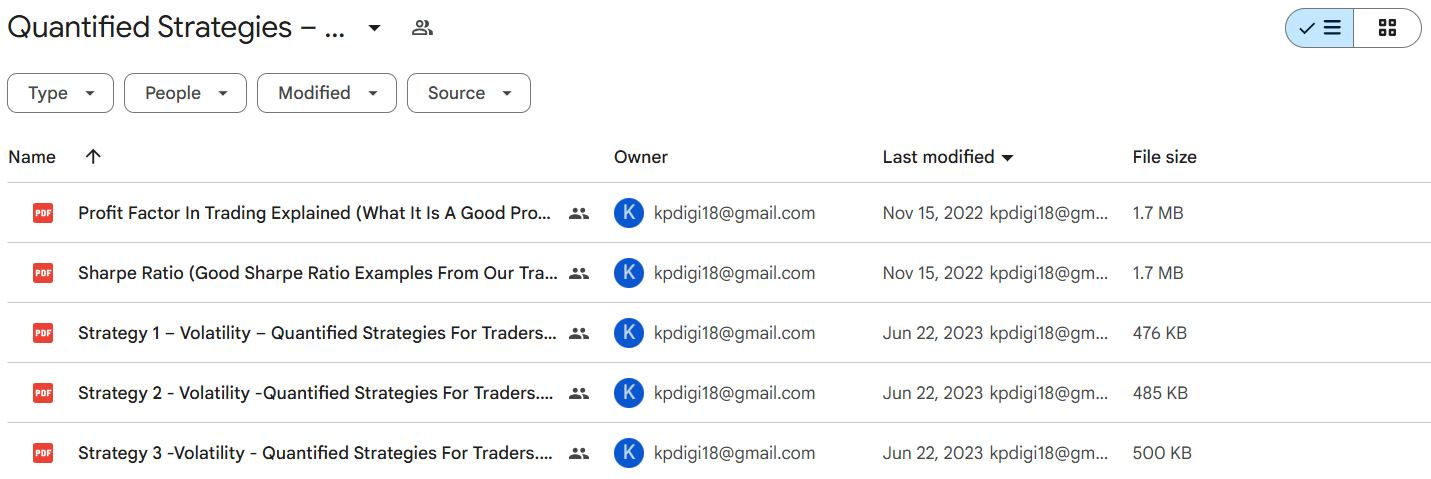


2️⃣. What you’ll learn in 3 Volatility Strategies:
The 3 Volatility Strategies course gives you three powerful trading systems with outstanding results. Here’s what you’ll learn:
- Complete trading systems with simple rules explained in plain English for each volatility strategy
- Ready-to-use code for both Amibroker and Tradestation platforms
- Risk management techniques for strategies with low drawdowns (15-23%)
- High win rate systems that achieve 76-82% successful trades
- Limited market exposure with only 9-14% time spent in the market
- Performance optimization using profit factor and Sharpe ratio analysis
This complete package helps both beginners and experienced traders use volatility strategies that have proven strong results over time.
3️⃣. 3 Volatility Strategies Course Curriculum:
✅ Performance Metrics Foundation
This part of the course teaches you two important ways to measure how well your trading is working. You’ll learn about Profit Factor, which tells you if you’re making more money than you’re losing. You’ll also learn about Sharpe Ratio, which shows if your profits are worth the risks you’re taking. These tools are like having a scorecard for your trading that helps you decide which strategies to keep using and which ones to change or stop.
Part 1: Profit Factor in Trading
This part explains what Profit Factor is and why it matters for traders. You’ll learn how this simple ratio shows if your trading is making more money than it’s losing. The lessons include real examples of good and bad profit factors, so you can tell if your trading strategy is worth using.
Part 2: Sharpe Ratio Fundamentals
This section covers the Sharpe Ratio, which shows how well you’re being paid for the risks you take. You’ll see how this number helps compare different trading methods fairly, even if they have different risk levels. The module shows examples from real trading strategies to help you understand what makes a good Sharpe Ratio.
✅ Volatility Trading Strategies
In this section, you’ll learn three different ways to make money from market volatility (price movements). Each strategy shows you how to spot patterns when markets get jumpy and how to trade them. You’ll see how to know when to buy or sell, how to manage your money safely, and how to tell if the strategy is working. These methods have been tested with real market data so you can feel confident using them in your own trading.
Strategy 1: Volatility
The first strategy shows you how to make money from patterns in market swings. You’ll learn when markets tend to return to normal after big moves and how to spot these chances. The lessons cover when to buy and sell, how well the strategy has worked in the past, and how to use it in different market situations.
Strategy 2: Volatility
This part teaches a second way to trade market swings, likely looking at different timeframes or market behaviors. You’ll see how this approach works with or differs from the first one. The section shows test results, how to find the best settings, and examples from real trading.
Strategy 3: Volatility
The last strategy presents a more advanced way to trade volatility that builds on what you learned earlier. This part likely combines ideas from the first two strategies or works in tougher market conditions. You’ll explore better ways to manage risk and how to adjust the strategy when markets change.
4️⃣. What is Quantified Strategies?

Quantified Strategies is a trading education platform created by traders Oddmund and Sammy. They develop and share backtested trading strategies with clear rules and proven results.
The team builds reliable trading systems based on statistics rather than guesswork. Their strategies deliver strong risk-adjusted returns across different market conditions.
Quantified Strategies regularly publishes free trading content on Medium, showing their commitment to helping traders learn.
They focus on transparency by sharing complete performance metrics including CAGR, drawdown, win rates, and Sharpe ratios for all their strategies. This approach has earned them respect among systematic traders.
The platform offers both free resources and premium packages like the 3 Volatility Strategies course, which includes exclusive systems not available in their free content.
5️⃣. Who should take Quantified Strategies Course?
The Quantified Strategies 3 Volatility Strategies course is perfect for traders wanting proven methods for trading market ups and downs. This course works best for:
- Algorithmic traders who need ready-to-use code for tested volatility strategies
- Careful investors looking for systems with high win rates and small losses
- Part-time traders who like strategies that need little market exposure (9-14%)
- Trading platform users who know Amibroker or Tradestation and want more strategy options
This bundle is especially good for traders who prefer clear trading rules instead of gut feelings, and those who want strategies with specific entry and exit points.
6️⃣. Frequently Asked Questions:
Q1: What is market volatility trading?
Q2: How do high win rate trading systems work?
Q3: What is a good win rate for a trading strategy?
Q4: Are volatility strategies better in bull or bear markets?
Q5: How much can you make trading market volatility?
Be the first to review “Quantified Strategies – 3 Volatility Strategies” Cancel reply
Related products
Swing Trading
Swing Trading
Swing Trading
Swing Trading
Stock Trading
Stock Trading
Forex Trading




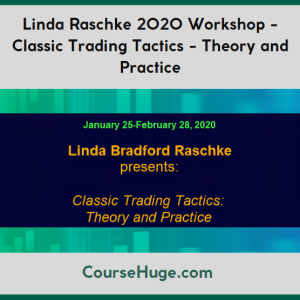
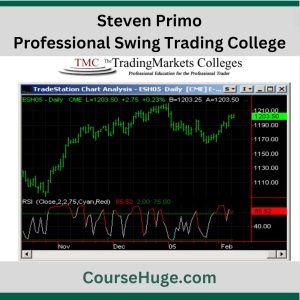
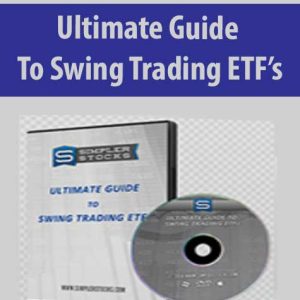
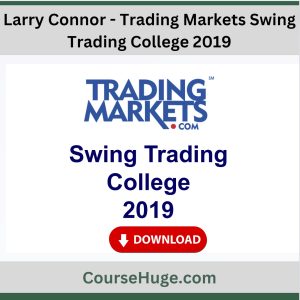
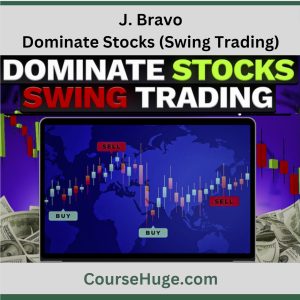


Reviews
There are no reviews yet.